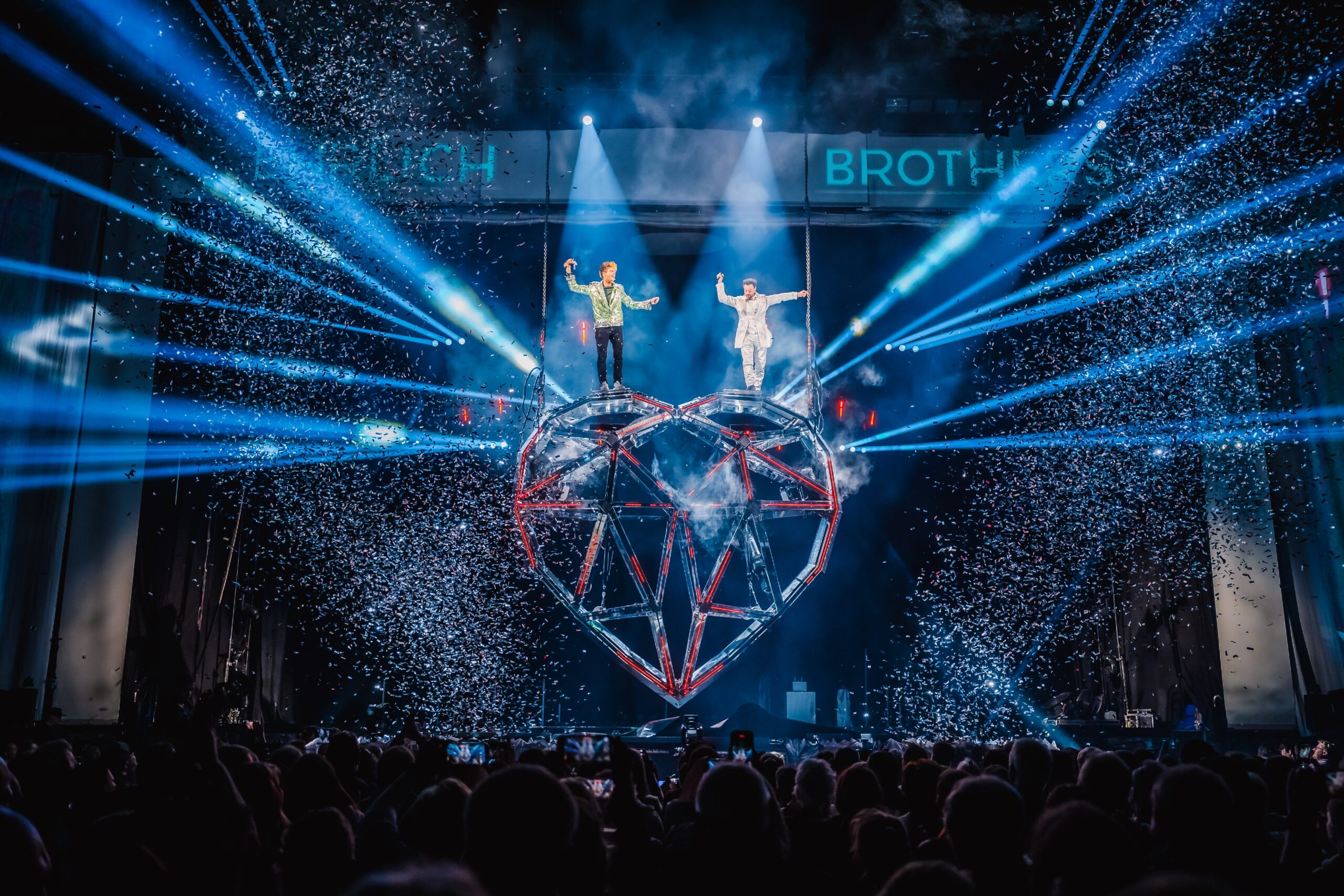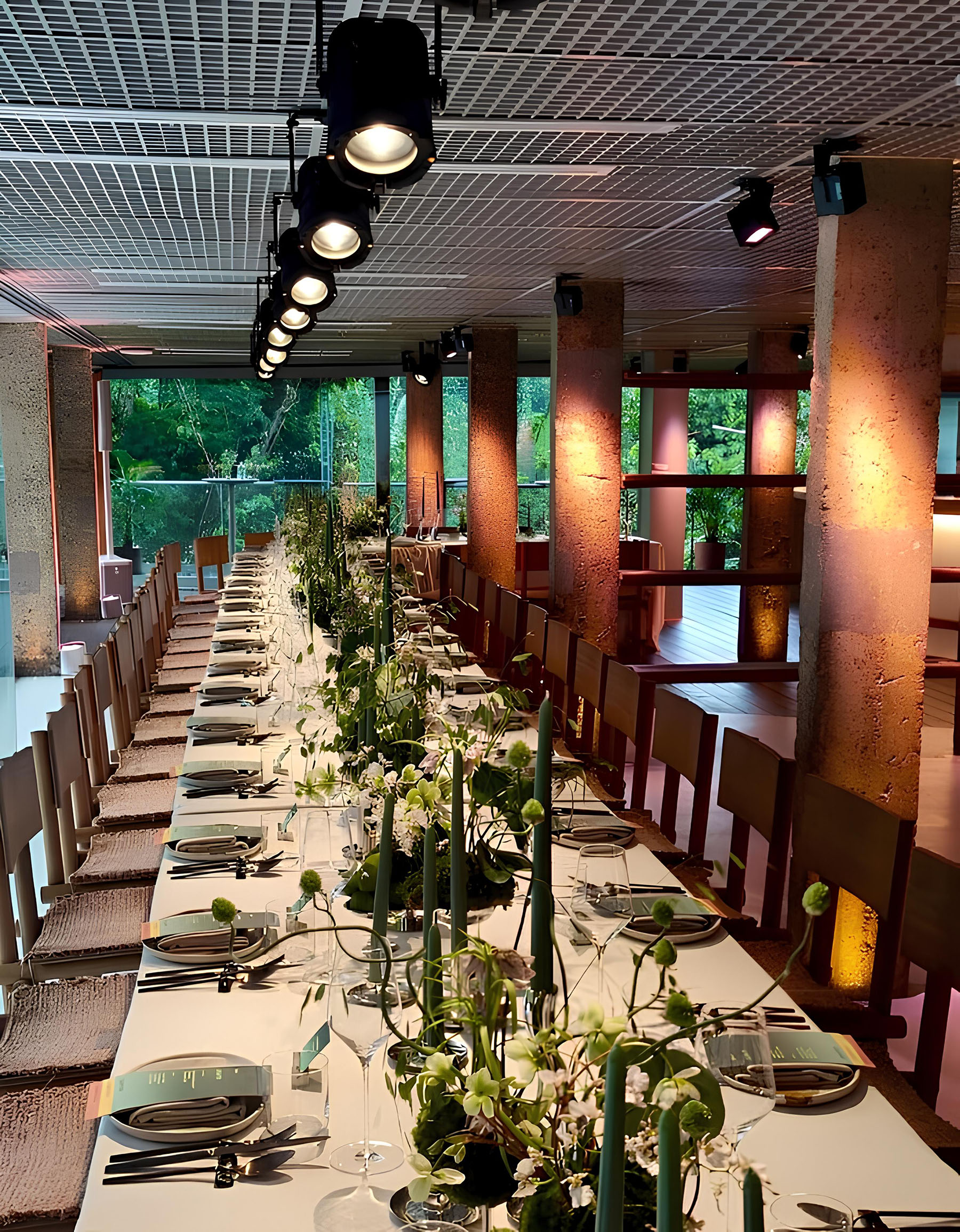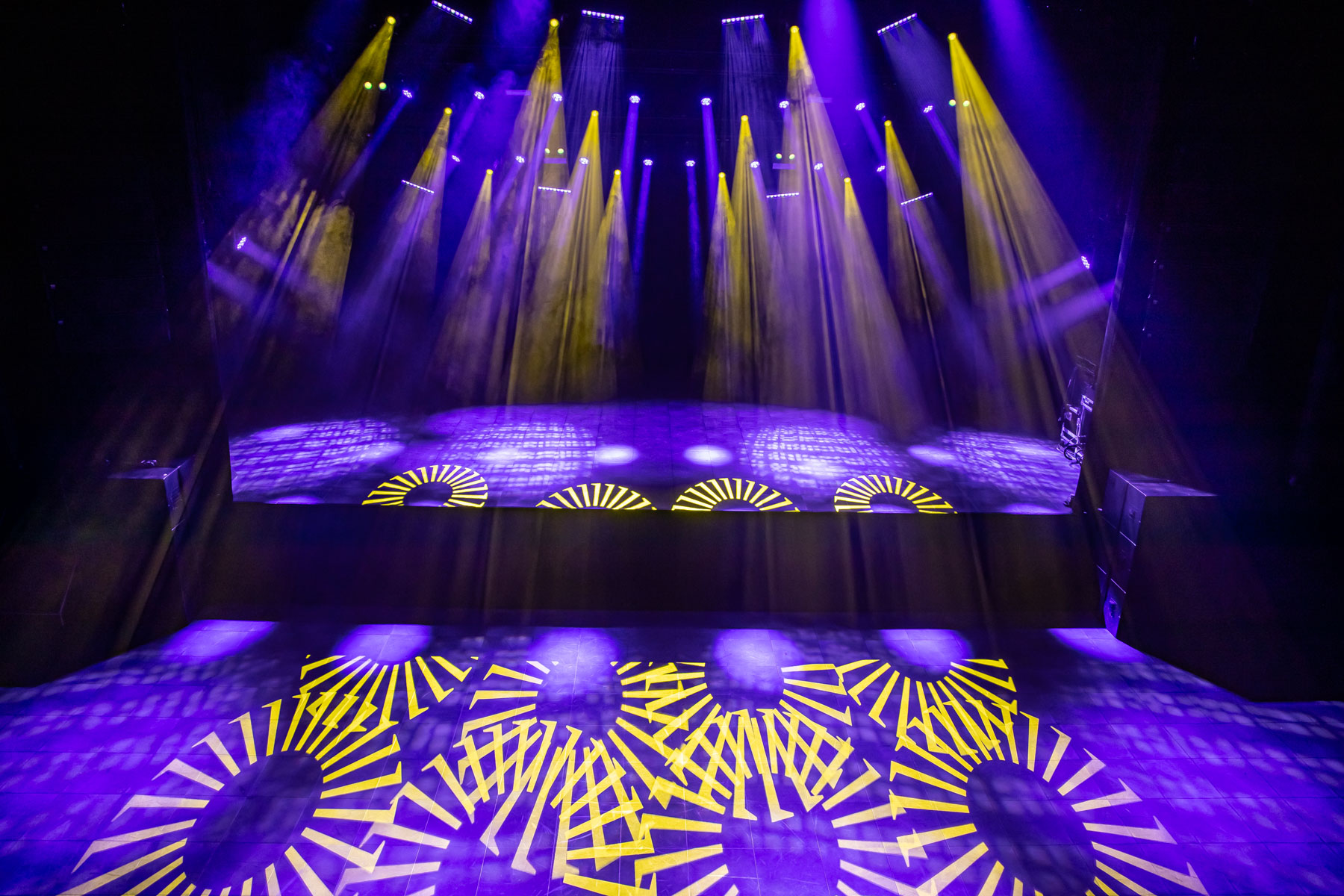LONDON – It took more than a tornado to bring Dorothy's house from Kansas to London's West End. For the new production of The Wizard of Oz, Stage Technologies and Delstar Engineering designed, supplied and installed the control elements that helped The Really Useful Group produce the highly-technical show. (The three companies had also worked together on the production of Wicked nearby.) A key challenge was the tight schedule. The installation team was on site on Nov. 16 and had only a short period of a few weeks before the Royal Variety Show stopped work. That was followed by another few weeks of non-stop action before the Christmas and New Year holidays began, but the crew forged on through the festive period, helping other contractors out where they could to make sure the project was finished in time.
As Pete Quinlan, rental services engineer with Stage Technologies, noted, "The schedule made an already very challenging show even more so; on top of that we had to deal with suppliers shutting down for Christmas and the weather disruptions. It meant we had to really work together with all departments to best use the time we did have."

The result: a highly technical show with more than its fair share of (carefully planned and executed) surprises. The mechanical equipment from Stage Technologies included 18 counterweight assists, six BigTow winches for lighting ladders, two BigTows and counterweights for the Wizard's Chamber and five BigTows for a curved cyc.
The onstage performer flying scenes use two Stage Technologies lift-and-traverse rigs for the monkey flights, Dorothy's kidnap and the various entrances and exits of the witches. Downstage of the safety curtain, a Stage Technologies front-of-house bridle is used to fly a monkey nearly 20 meters down from the dome of the Palladium.
There are a total of five revolves in the show – the inner "yin/yang" lifting drum revolve, the LED-topped Yellow Brick Road, the tilting frame that the Yellow Brick Road rests on, an outer ring revolve, and the integral revolve of the flying house. Delstar custom-made the revolves, the showdeck steelwork and the flying house steelwork and mechanics at their workshop in Suffolk.

The Palladium has what might be described as a luxurious basement area compared to some West End theatres. Even so, the set design required the top five courses of brick in the orchestra pit wall to be removed and a false floor needed to be put in to provide rolling access to the lifts when they were fully descended. Because the scenery is bulky, not in height but in width, it meant that the sub-stage space had limitations that needed to be considered at all times.
According to Paul Craven, senior projects manager at Delstar, the two biggest challenges was working with the four revolves in close proximity and getting the most out of the height in the basement.
"Working down to create a compact double tilt revolve that didn't need even more orchestra pit wall to be removed, and working up with a drum revolve and onboard scissors still had to leave a usable personnel height, which was no mean feat."
The control kit, rented long-term from Stage Technologies, is a mix of newly-manufactured and off-the-shelf rental equipment. Eight plug-and-play AU:tour 6 drives are used for the bulk of the system with Illusionist and Acrobat∙G6 desk control. Three additional motor control cabinets provide special control for the lifts and revolves, including a large-capacity cabinet for the revolves and a custom unit for control of Dorothy's flying house. The custom unit needed to provide the same reliable components and power in a compact enclosure because of the limited space available in the base of the house. The hydraulics control for the drum lifts was integrated onto the lifts themselves to simplify the slip ring mechanism.

Stage Technologies Sculptor programming on an Illusionist desk was used for the performer flying, plotted and supervised by Alex Hitchcock, training development manager. Much of the very complex floor sequences was programmed using the Acrobat∙G6 and previewed in eChameleon using standardized graphics to allow the stage management and creative teams to have a better visual grasp of the effects before they began to come together in rehearsals. The set designer, Rob Jones, had a very strong creative vision and Alex Hitchcock worked closely with him to translate the ideas into practical, programmable show action that retained artistic integrity but could be realistically integrated into a scenario with actors.
While the programming and performer flying was being previewed and refined, some challenges for the engineering and control teams came in the form of flying Dorothy's House and automating the Yellow Brick Road. The tornado sequence, for example, needed to look terrifyingly realistic. Flying a set piece is a simple affair these days, but creating the effect of a real house being buffeted about by the forces of nature is not an easy task, and this was achieved using a combination of mechanical and control techniques.
The plate of the base frame of the house is pinned into the stage so that the whole house can be revolved around the slew ring. Two chain-drive elevators that span the width of the house lift it up and a custom-made winch is attached to one end of the house with a spring return to the other, so that it can be tilted both ways as it rises, creating the 'rocking' effect in the tornado.
The house sits on the middle drum revolve which allows it to be "externally" rotated, and, in addition, it has its own internal revolve. The yin-yang drum revolve that the house sits on consists of twin lifts – one which elevates to 2m above stage and the other to 0.5m to create a platform step effect, with both descending to about 2.8m below stage. The outcome in the flying house sequence provides a mix of multi-technical disciplines that encapsulate all the energy of the storm – from live action to full automation with the house flying, tilting and disappearing to front gauze projection.
Another significant challenge comes in the form of the 25 set changes, some of which provide an unusual hiatus in the show timing in which the automation teams had to factor in "vamping" time. As the drum lifts supporting the inner revolve descend into the basement for a set change, the lighting, orchestra, projection and automation all go into a "cue limbo" – the set change is carried out by stagehands, and the time required for this cannot be precisely calculated as it will be slightly different on each new occasion. Once the new set is ready and the all clear signal given, then the lifts move up and the scenery, lights, music and cast all have to come together each time at exactly the same moment in exactly the same place for every show. In a programming sense, the conundrum was tackled by making the cues relative to other set pieces.
This means that when the lifts stop, then that action triggers the Yellow Brick Road to stop revolving, which cues the actors in place. As a result, every subsequent move from that point needs to be relative to other cues, which made the programming intensive and time-consuming, but also crucial to the show's success.
Alex Hitchcock explained how the deeper functionality of eChameleon programming could be used along with the double-revolve engineering to compensate for unknowns in the show cueing equation.
"The Yellow Brick Road sits on top of a second revolve with a mechanism which enables it to tilt on a hinge effect, with an adjustable angle of up to 1 meter and its surface is made of light boxes that create the glowing golden effect. At certain times in the schedule of the performance, specific sections need to be lit up, but because the cues are all relative after the lift descent, then we have no idea exactly where they will be at a given time. To get around this, we can compensate for where the light boxes are on the surface of the Yellow Brick Road by rotating the lower revolve."
The production required commitment from all involved, from the cast to dog handlers to stage crew, who have worked long, hard hours to earn BBC plaudits for "blockbuster sets and wow-factor stunts," among other accolades.
For more information, please visit www.stagetech.com.



